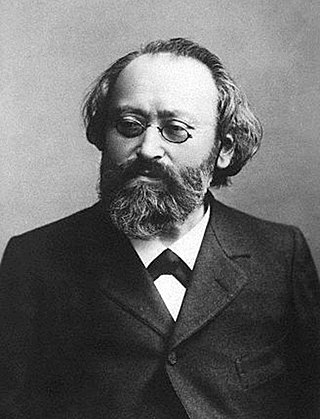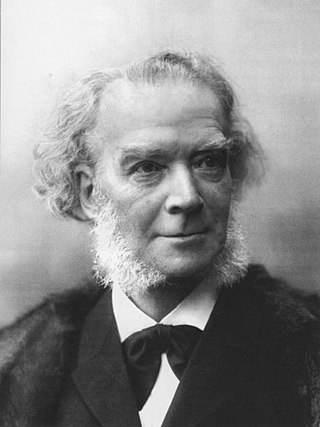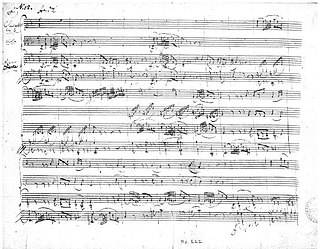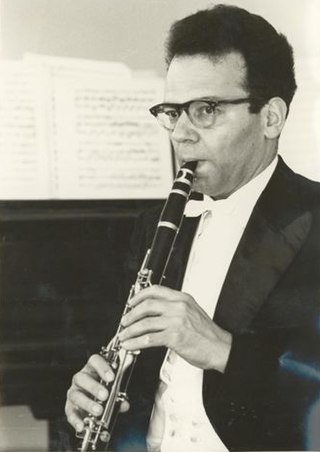
Max Bruch was a German Romantic composer, violinist, teacher, and conductor who wrote more than 200 works, including three violin concertos, the first of which has become a prominent staple of the standard violin repertoire.

The Violin Concerto in D major, Op. 61, was written by Ludwig van Beethoven in 1806. Its first performance by Franz Clement was unsuccessful and for some decades the work languished in obscurity, until revived in 1844 by the then 12-year-old violinist Joseph Joachim with the orchestra of the London Philharmonic Society conducted by Felix Mendelssohn. Joachim would later claim it to be the "greatest" German violin concerto. Since then it has become one of the best-known and regularly performed violin concertos.

Felix Mendelssohn's Violin Concerto in E minor, Op. 64, MWV O 14, is his last concerto. Well received at its premiere, it has remained among the most prominent and highly-regarded violin concertos. It holds a central place in the violin repertoire and has developed a reputation as an essential concerto for all aspiring concert violinists to master, and usually one of the first Romantic era concertos they learn. A typical performance lasts just under half an hour.

Carl Heinrich Carsten Reinecke was a German composer, conductor, and pianist in the mid-Romantic era.
Sinfonia concertante is an orchestral work, normally in several movements, in which one or more solo instruments contrast with the full orchestra. It emerged as a musical form during the Classical period of Western music from the Baroque concerto grosso. Sinfonia concertante encompasses the symphony and the concerto genres, a concerto in that soloists are on prominent display, and a symphony in that the soloists are nonetheless discernibly a part of the total ensemble and not preeminent. Sinfonia concertante is the ancestor of the double and triple concerti of the Romantic period corresponding approximately to the 19th century.

A viola concerto is a concerto contrasting a viola with another body of musical instruments such as an orchestra or chamber music ensemble. Throughout music history, especially during the Baroque, Classical, Romantic eras, viola was viewed mostly as an ensemble instrument. Though there were a few notable concertos written for the instrument in this time period, these instances were quite rare and the instrument continued to be ignored. However, during the 20th century, the instrument was revitalized thanks to the work of a number of violists and composers, which led to the commission and composition of many more viola concertos, expanding the repertoire significantly.
The two Serenades, Op. 11 and 16, represent early efforts by Johannes Brahms to write orchestral music. They both date from after the 1856 death of Robert Schumann when Brahms was residing in Detmold and had access to an orchestra.

Max Bruch's Violin Concerto No. 1 in G minor, Op. 26, is one of the most popular violin concertos in solo violin repertoire and, along with the Scottish Fantasy, the composer's most famous work. It has been recorded often.

A clarinet–viola–piano trio, often titled "Trio for Clarinet, Viola and Piano" is a work of chamber music that is scored for clarinet, viola, and piano; or is the designation for a musical ensemble of a group of three musicians playing these instruments. This combination of instruments differs from other combinations, as the viola and the clarinet share approximately the same musical range, but not the same tone quality.

Lucijan Marija Škerjanc was a Slovene composer, music pedagogue, conductor, musician, and writer who was accomplished on and wrote for a number of musical instruments such as the piano, violin and clarinet. His style reflected late romanticism with qualities of expressionism and impressionism in his pieces, often with a hyperbolic artistic temperament, juxtaposing the dark against melodic phrases in his music.
The Concerto for Two Pianos and Orchestra, Op. 88a, was written by Max Bruch in 1912. It is in 4 movements, written in the rarely seen key of A-flat minor, and takes about 25 minutes to perform.

Yona Ettlinger was a clarinetist who played and taught in Israel, France and England. Ettlinger is considered a prominent classical clarinetist of his generation, and one of Israel's notable instrumentalists. His musicianship and unique sound influenced the art of clarinet playing in Israel and Europe in the second half of the 20th century. Many clarinet soloists and orchestra players of different countries were among his students.
A concert piece is a musical composition, in most cases in one movement, intended for performance in a concert. Usually it is written for one or more virtuoso instrumental soloists and orchestral or piano accompaniment.
This article lists notable compositions within the viola repertoire. The list includes works in which the viola is a featured instrument. The list is ordered by composer surname.








